When people visit the Netherlands, they rarely travel to Rotterdam. If they do, perhaps they end up there by mistake, thinking that because it ends in “dam”, it shares similarities with Amsterdam. If they have heard of it, they often dismiss it as an “ugly port city.” I’ve been told this exact phrase on three occasions by three different people. When I mention I traveled to Rotterdam or that I was going, they ask, “What’s there?” It’s a city of surprises.
Architecture.
Rotterdam is known for its unique architecture. People either love it or hate, but the locals seem to be pretty fond of it. It gives the city a unique character that you won’t find in Amsterdam or other Dutch cities. Its uniqueness stems from being heavily bombed during WWII and almost completely destroyed. Instead of rebuilding the city as it once was like Warsaw, it became a tabula rasa–a clean slate for a new city and a new way of living. I think many 20th-century architects longed for war, and saw rebuilding as ideal circumstances to test their ideas.
“It will be beautiful. Rotterdam will be a beautiful city.” Rotterdam will be spacious, it will have the elegance of a metropolis: the speeding traffic, the broad boulevards, all the tall buildings will generate a sense of bustle that blends harmoniously with modern life. It will not be easy-going, but today we would prefer to see a row of gleaming cars than a carriage full of old ladies, and we feel more at home in a shop faced in glass and mirrors than in an antiquated grocery store, where the pleasant scent of cloves, soap and candy stimulates us. Rotterdam will be our city, the city of twentieth-century people.
Rein Blijstra, in Het Vrije Volk 13-11-1952
Today, Rotterdam’s architecture embodies a spirit of creativity. Its buildings are a unique assortment of innovation and design. The city is home to MVRDV, a Rotterdam-based architecture and urban design firm that is regarded as one of the best in the world. They recently completed their first ever U.S. building in NYC, the Radio Hotel and Tower. Rem Koolhaas, a globally renowned architect and the founder of the architectural firm OMA, is from Rotterdam. I initially planned to stay for two nights, but my plane from London was delayed and I didn’t get in until around 6pm. So, I decided to stay an extra night to ensure I could see everything I wanted to.
Market Hall
After arriving at the hostel, checking-in and putting my bags down, I went straight to Market Hall. Market Hall was built by MVRDV in 2014 and is a unique combination of residences and offices with a huge market hall underneath through the center. It’s a reconciliation between public and private space, a mixed-use development that turns a private development into a public building. If more cities had laws requiring private enterprises to create public spaces, then we would create more inclusive cities that benefits everyone.
Rotterdam Central Library
Across from Market Hall is Rotterdam’s Central Library. Completed in 1983 by Dutch architect Van den Broek, it is a ziggurat-like terraced building with eye-catching brightly painted yellow pipes and a central waterfall-like glass structure. Inside, there is a central circulation atrium crisscrossed with escalators and well-lit spaces. I didn’t know what it was when I first saw it. It wasn’t on my list, but I was enthralled by to the funky looking yellow tubes on the exterior and decided to check it out. I think the Dutch students were in the process of studying for their finals because it was packed.
The Cubes Houses
The Cube Houses are probably one of Rotterdam’s most famous structures and my least favorite building(s) I’ve seen on my trip. I have been keeping track of the buildings I’ve seen and ranking them. They are last out of forty-plus buildings.
They were designed by Piet Blom and completed in 1984. They were envisioned as an urban forest and each house was to represent a tree. In person, they feel like anything but that. The access to them and the interior courtyard feel like a poorly planned mall, surrounded by concrete and brick. There’s no greenery and the concept of a forest couldn’t be further from reality. The idea was to optimize interior space, but if you look at interior photos, the odd angles of the walls and roof are the least optimal. Normal furniture wouldn’t fit. Instead, highly specific furniture is needed to make any sense of the available space. They present interesting opportunities for photos, but that’s all.
The Bojimans Depot
The Bojimans Depot was one of the main reasons I wanted to visit Rotterdam. Completed in 2021 by MVRDV, it is the world’s first accessible art depot and offers glimpses behind the scenes of the museum world. Free tours are available in English and they not only provide a tour of the depot, but allow access for exactly ten minutes into one of their storage rooms. Their storage rooms are organized by the material the art is made from, and my tour was allowed access into their plastics room. You also get an insight into their restoration processes and from behind glass you can watch as they work. It almost feels like a Disney world attraction or that part of Jurassic park when they are taking a seated tour while watching the scientists.
The interior was like an M.C Etcher painting and MVRDV loves a good set of stairs, so perhaps it was a nod to the famous Dutch printmaker. The place is amazing, one of the highlights is being able to see the backs of paintings, something museums always hide. They tell a story as much as the front, with their construction technique and the writings from various exhibitions they’ve attended.
De Rotterdam
De Rotterdam is a trio of offset interconnected mixed-use skyscrapers in the old port side of Rotterdam. It was designed by OMA, headed by Rem Koolhaas, a Rotterdam native. It was conceived as a vertical city with offices, apartments, a hotel, shops, restaurants and cafes. In the 1970s, Koolhaas wrote a book titled, Delirious New York, where he examines the conditions that led to the creation and vibrancy of New York. De Rotterdam seems to be the physical manifestation of this. He introduces a skyscraper to Rotterdam, transforming the skyline of a city that once had none. Just as the Dutch founded New Amsterdam, which later became New York—the birthplace of the modern skyscraper—the iconic structure now returns to its roots in the Netherlands.

Timmerhuis
Timmerhuis, completed in 2015, is another building designed by OMA. Text description provided by the architects (taken from Dezeen). For Rotterdam’s Timmerhuis, a new building for the city hall that accommodates municipal services, offices, and residential units, OMA conceived a modular building with repeated units gradually set back from the street as they rise into two irregular peaks. The building’s composition of smaller cells creates an impressive, complex form when viewed from Coolsingel, one of Rotterdam’s main arteries, and allows for subtlety and adaptability as the new building meets the Stadstimmerhuis (a municipal building, from 1953), which surrounds it on two sides.
McDonald’s
There is a McDonald’s in Rotterdam that may be one of the most beautiful to exist. It is a two-story structure with a double height glass facade wrapped in a perforated golden screen. It features a sweeping spiral staircase as the main circulation to the upper level. At night, it glows like a beacon to fast food consumerism. There’s even a Dezeen article on it.
Not only did I eat there, I ate at a different McDonald’s the next night. Netherland’s fast food chains have an abundance of vegetarian options, unlike their U.S counterparts. While we have zero vegetarian options, theirs has twelve; Veggie McWrap Sweet Chili, McPlant Spicy, McPlant, Veggie Homestyle Crispy Chicken Honey Mustard, Veggie McChicken, Veggie Spicy McChicken, Veggie McWrap Honey Mustard, Veggie Nuggets, Veggie Chicken Salad Honey Mustard. Burger King and KFC also have vegetarian options.
Rietveld Schröder House
If it wasn’t for my one-night extension in Rotterdam, I wouldn’t have seen this architectural gem. It’s a house that I’ve learned about many times while in grad school and I even used it as an example in a paper I wrote my first year. I’m ashamed to admit that it wasn’t even on my radar until the day before.
While visiting one of the museums, I came across drawings by Rietveld, which reminded me of the house and it prompted me to google its location. It is located on the outskirts of Utrecht, which is about an hour away from Rotterdam. The journey took about an hour and a half, involving an hour train ride to Utrecht, a ten-minute tram ride and then a fifteen-minute walk. With the ease of the Dutch public transport system, I had no problem getting to it.
The Rietveld Schröder House was celebrating its 100-year anniversary. It was built in 1924 specifically for Mrs. Schröeder and her three children by the architect Gerrit Rietveld. It represents the absolute synthesis between an architect and a client. Mrs. Schröeder wanted a house completely attuned to her and her lifestyle. She had unconventional ideas of what a house should be and she pushed Rietveld to give her exactly that. A house that would become an architectural icon.
Rietveld is associated with the De Stijl movement, a movement rooted in cubism and driven by strong geometric order. Mondrian is considered one of the eminent De Stijl artists. Rietveld, on the other hand was a furniture maker by trade and grew tired of tradition and attempted to strip away the superfluous elements. His red and blue chair, designed in 1918, is the embodiment of his ideals and reflected in the house he designed for Schröeder. The chair is the house and the house is the chair.
Sonneveld House
The Sonneveld House was completed in 1933 and when compared to the Rietveld Schröder House seems like it comes from a different century. It’s located next to the Bojimans Depot in central Rotterdam. The Sonneveld house shares more similarities to the Villa Savoye by Le Corbusier than the latter. However, like the Rietveld Schröder House, its architecture and the interior, along with its furnishings, were perfectly coordinated and built to reinforce one another and specifically attuned to the family’s lifestyle. It was high tech for its time and included many amenities that were found in the lavish houses of the U.S. wealthy. The attention to detail and customization was inspiring.
The Hague
I didn’t plan on going to The Hague. On my way to Rotterdam, in the London airport, I met an Italian girl who lived there. After seeing the Rietveld Schröder House, I spent the afternoon with her.
Before boarding, I was leaning against a column and she was next to me FaceTiming with her mom. At some point, while she was listening to the announcements, she had her phone aimed at me, so when I noticed this, I gave a quick wave to her mom. I could tell the mom said something because then she looked back at me. When the seat next to her became free, I sat down as I was dealing with plantar fasciitis in both heels and took any opportunity to sit. While it didn’t prevent me from enjoying my trip, it made walking around a struggle. While I was sitting there, I made a little joke about how it was nice meeting her mom and then we started talking.
Coincidently, we ended up sitting next to each on a plane. We talked for the duration of the short hour-long flight and I mentioned that I might be staying an extra night and asked if she had any recommendations to see. We made loose plans to do something together on that day and I suggested visiting the Hauge. I made sure she knew that she didn’t have to join if she didn’t want to as I would have been fine wandering around The Hague alone.
The day of, I anticipated her backing out. After all, who actually follows through with meeting a random person they only talked to for an hour on a plane? I didn’t hear from her the morning or afternoon of and thought I might be spending my time in The Hague alone. The Hague is about an hour from Utrecht and an hour from Rotterdam. On my way there, she texted me back and we met me at the train station. She showed me around the city; we walked around the palace and through the streets. We entered every art gallery we walked past, hung out on a bench by the cathedral basking in one of the few sunny days and we had dinner together at a middle eastern vegetarian restaurant.

One of the best parts of traveling is meeting people. The connections you form are stronger and usually happen faster because you meet people of a similar mind in different environments than what you’re used to. Whether it’s the people in hostels, museums, or a person on a plane, the fleeting moments you share are beautiful. When I look back on my travels, it’s the people that I’ve met and the time spent with them that have shaped my experiences as much as the country itself. It’s the people as much as the places or architecture.



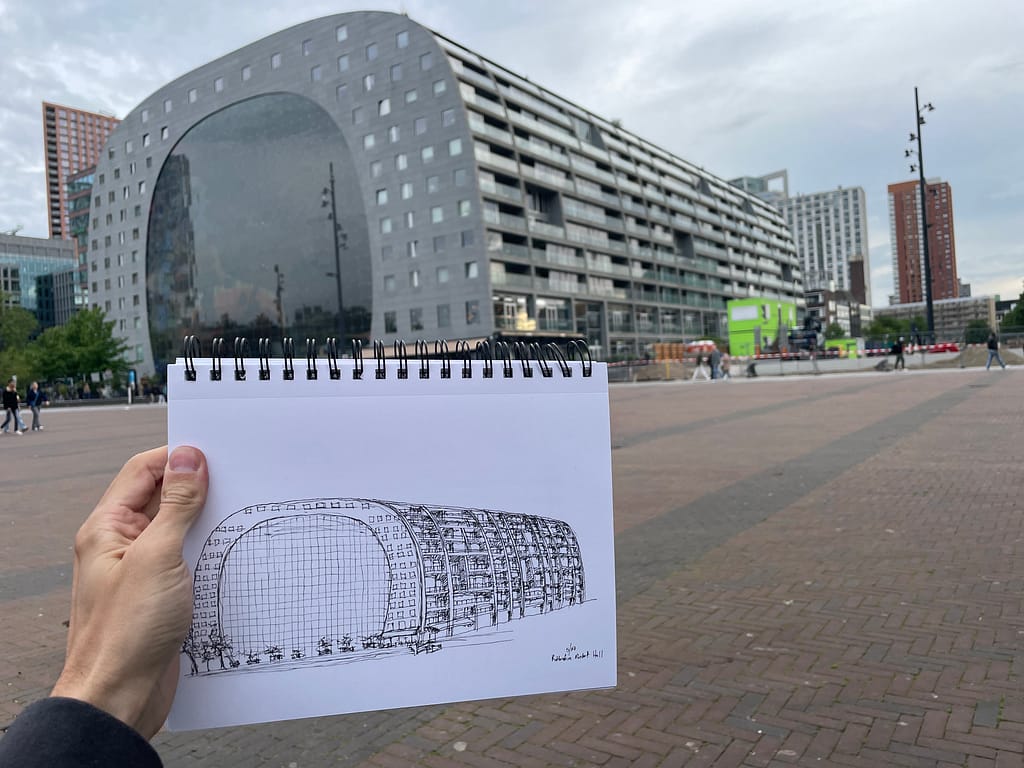
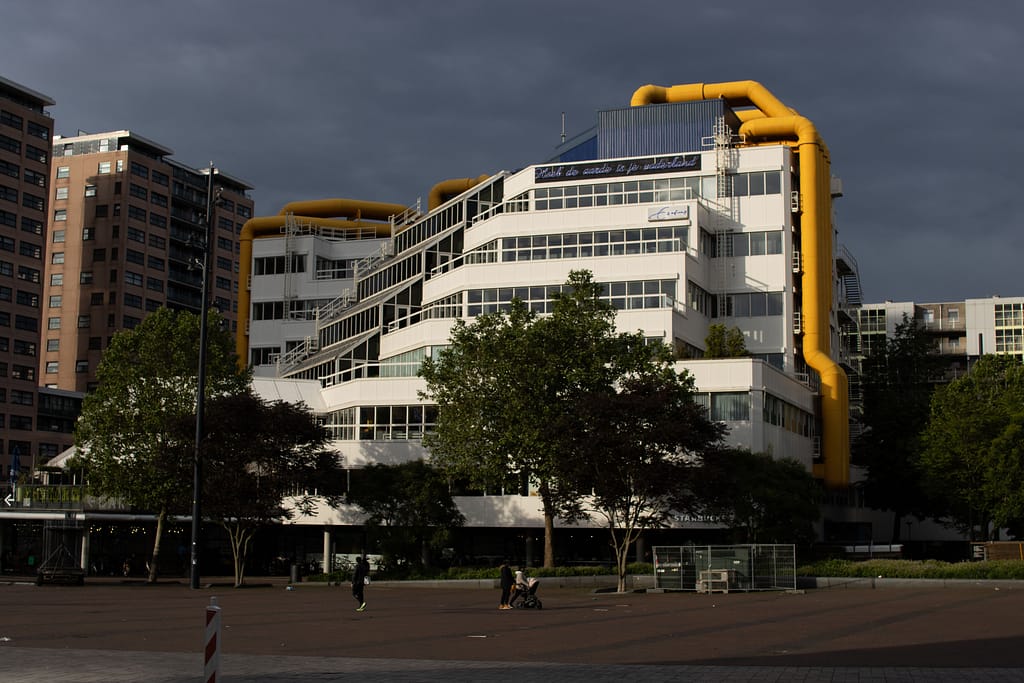

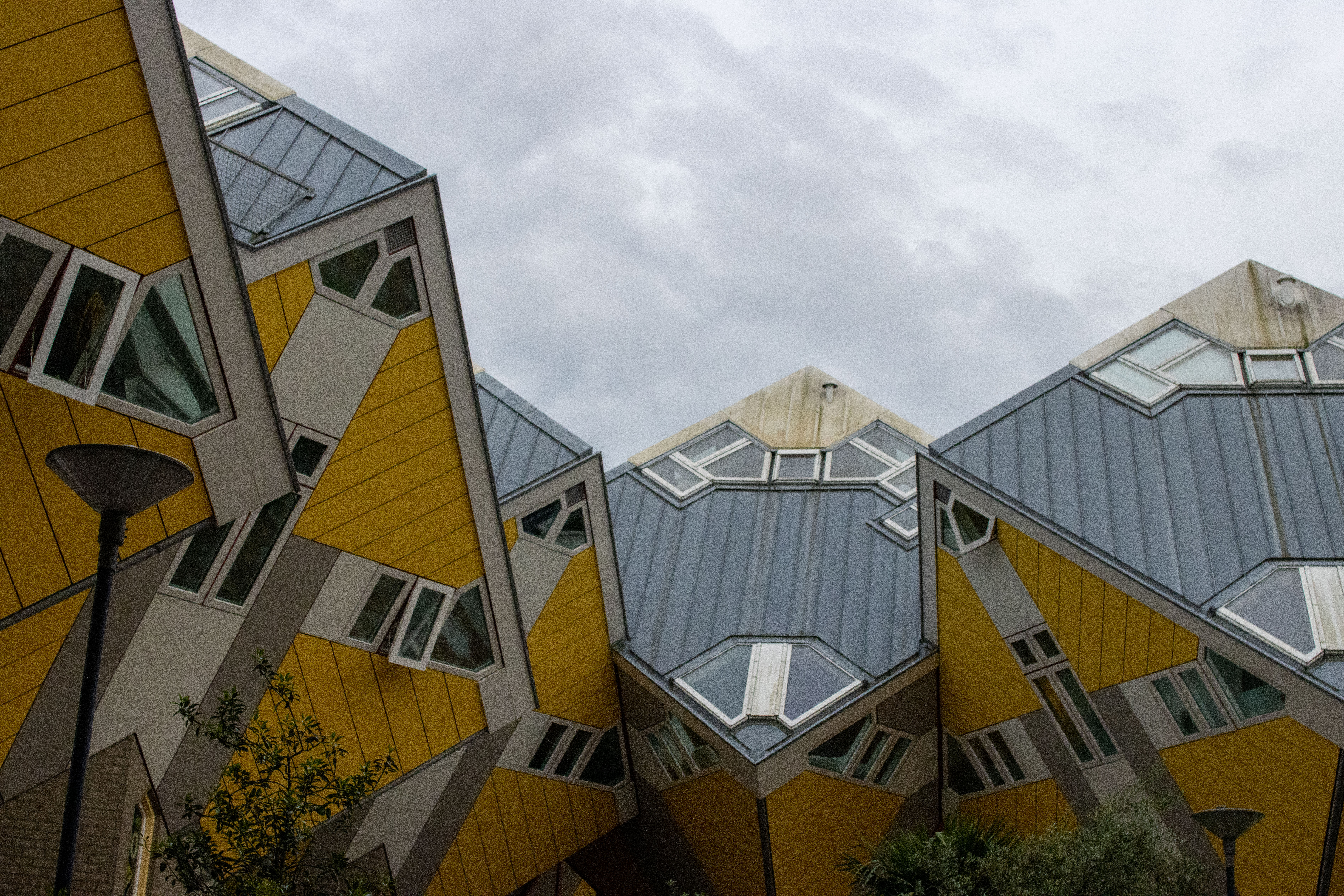
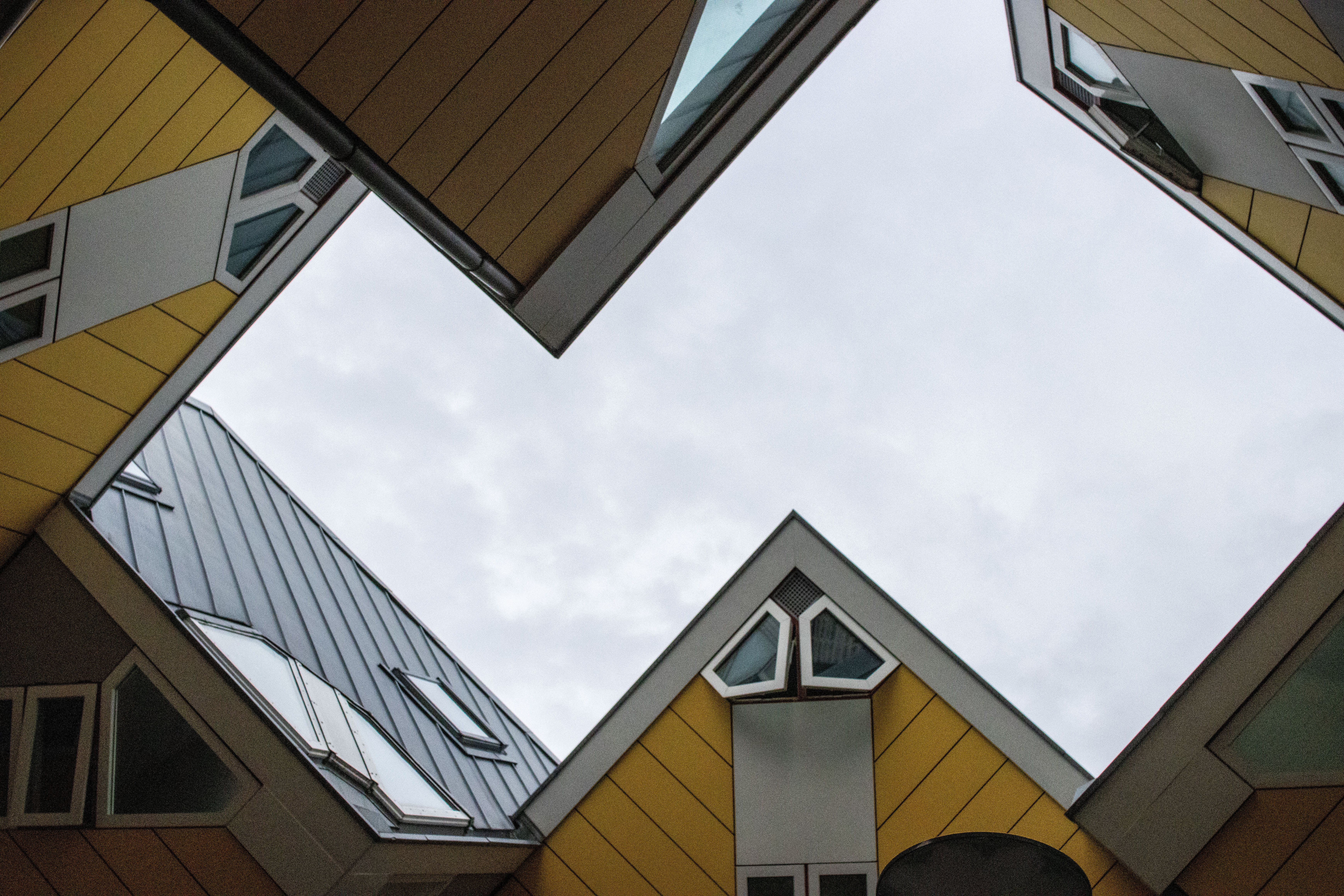





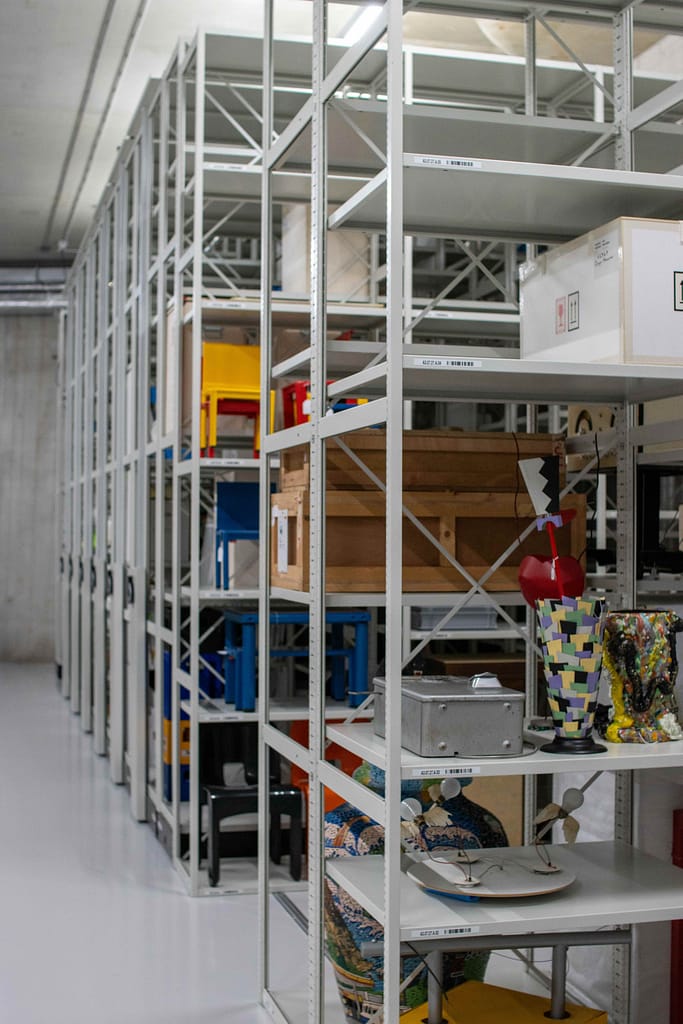

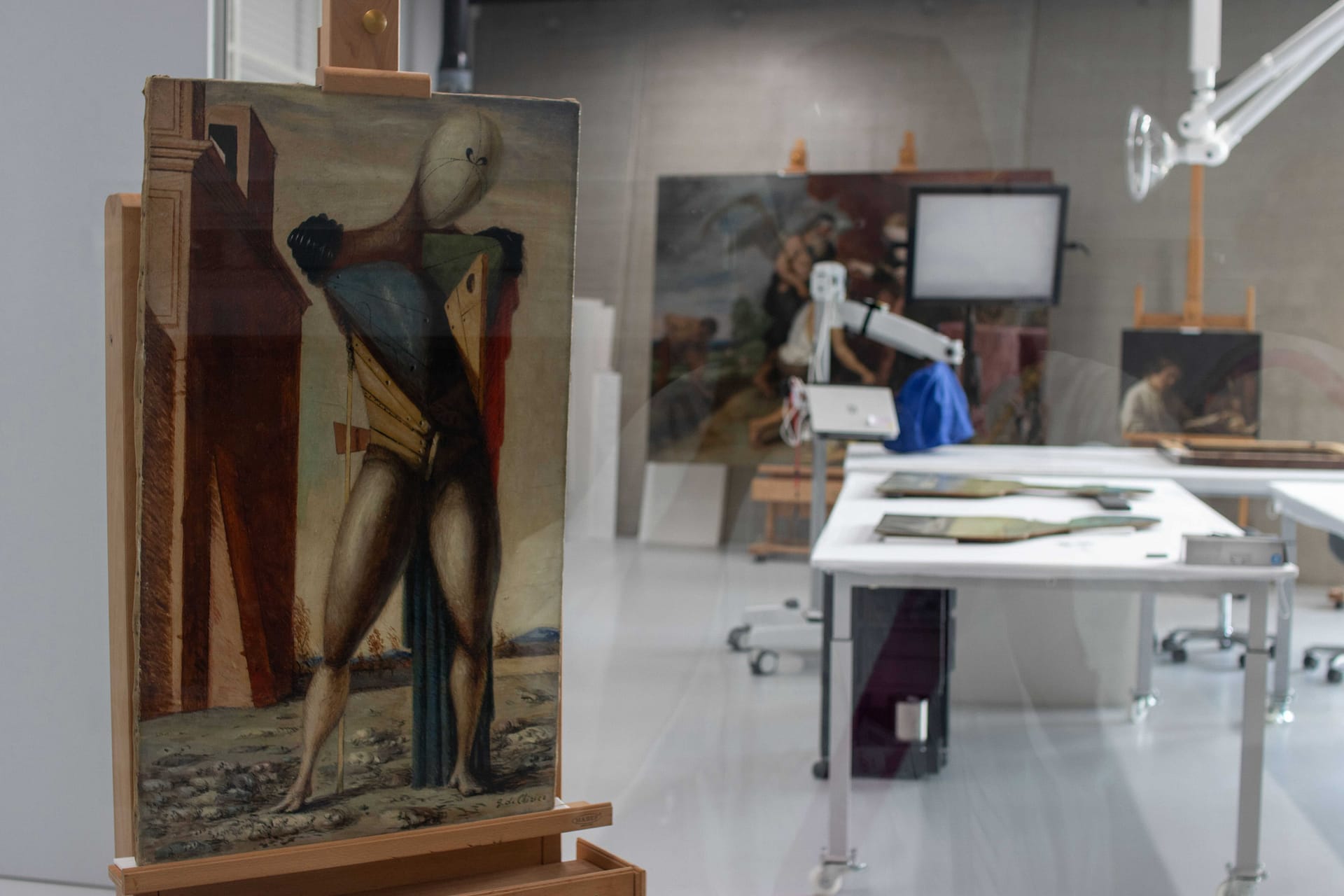


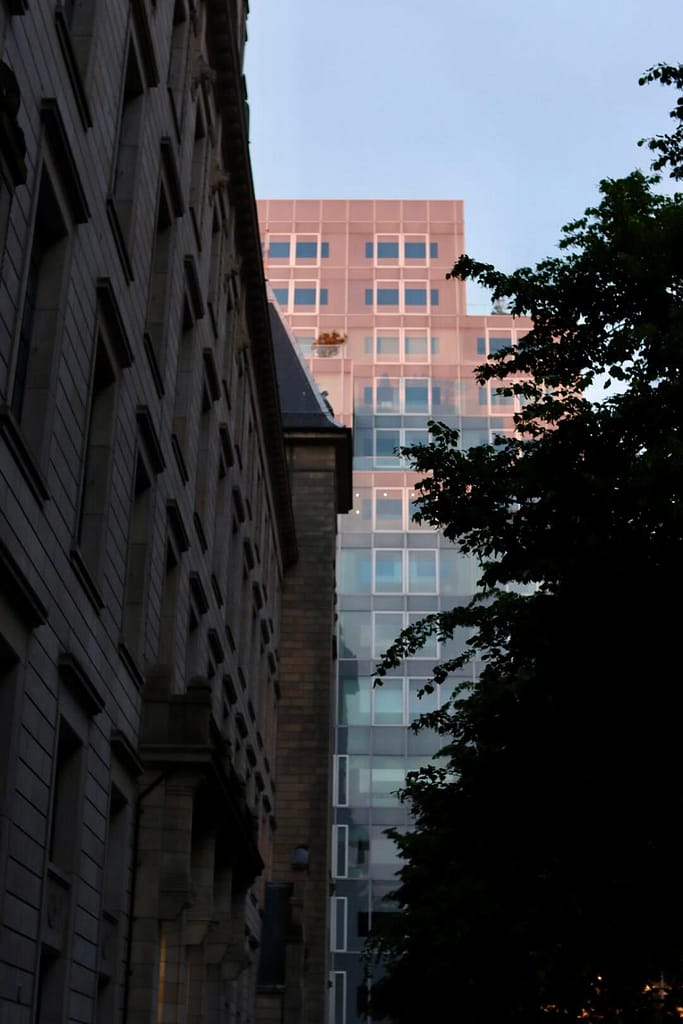








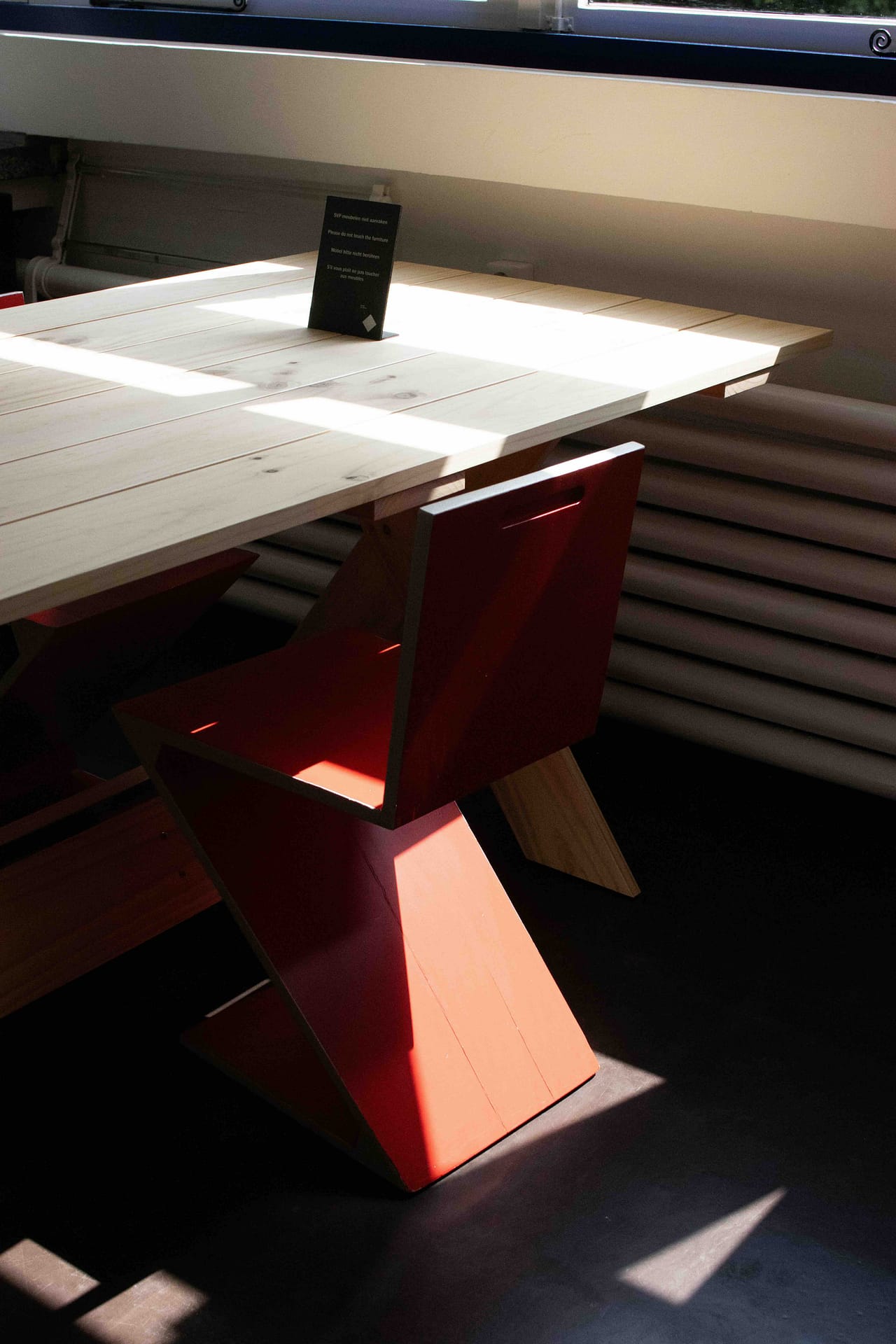


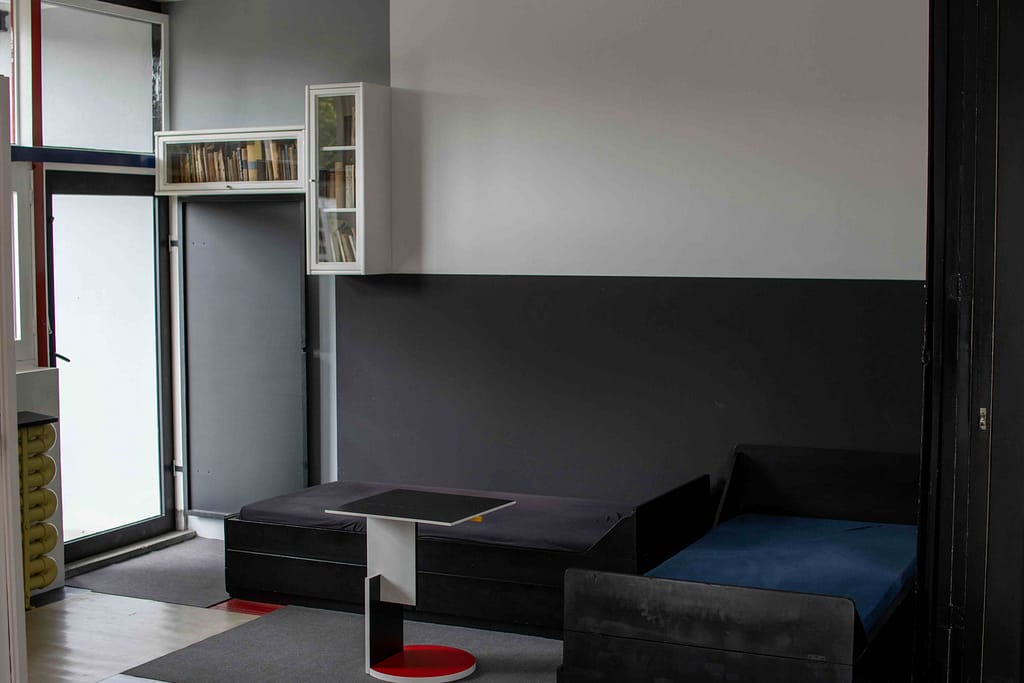




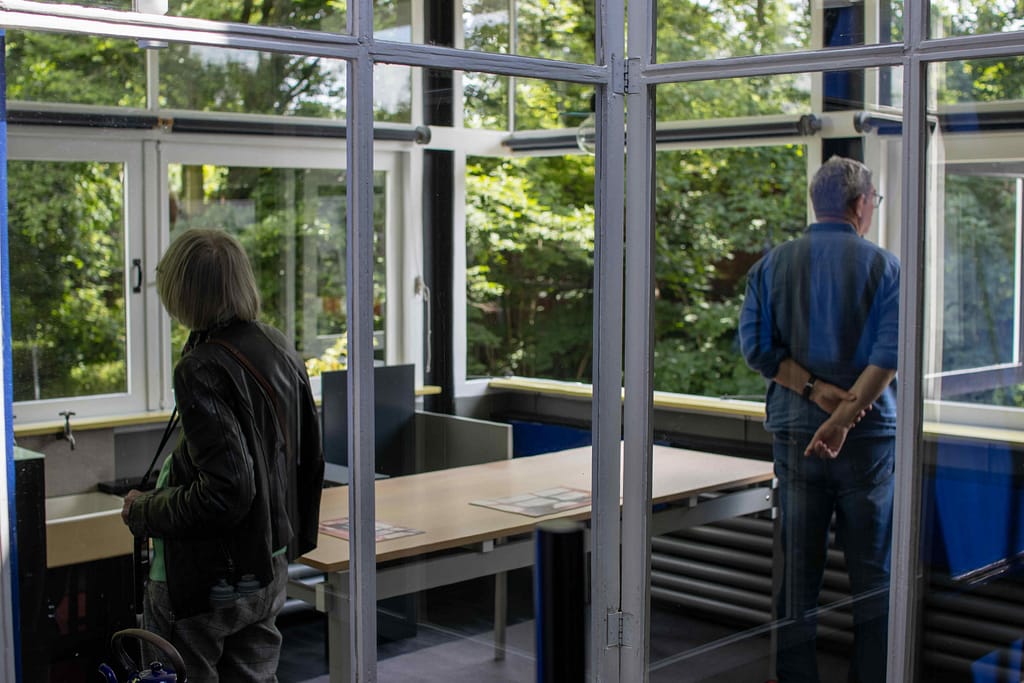

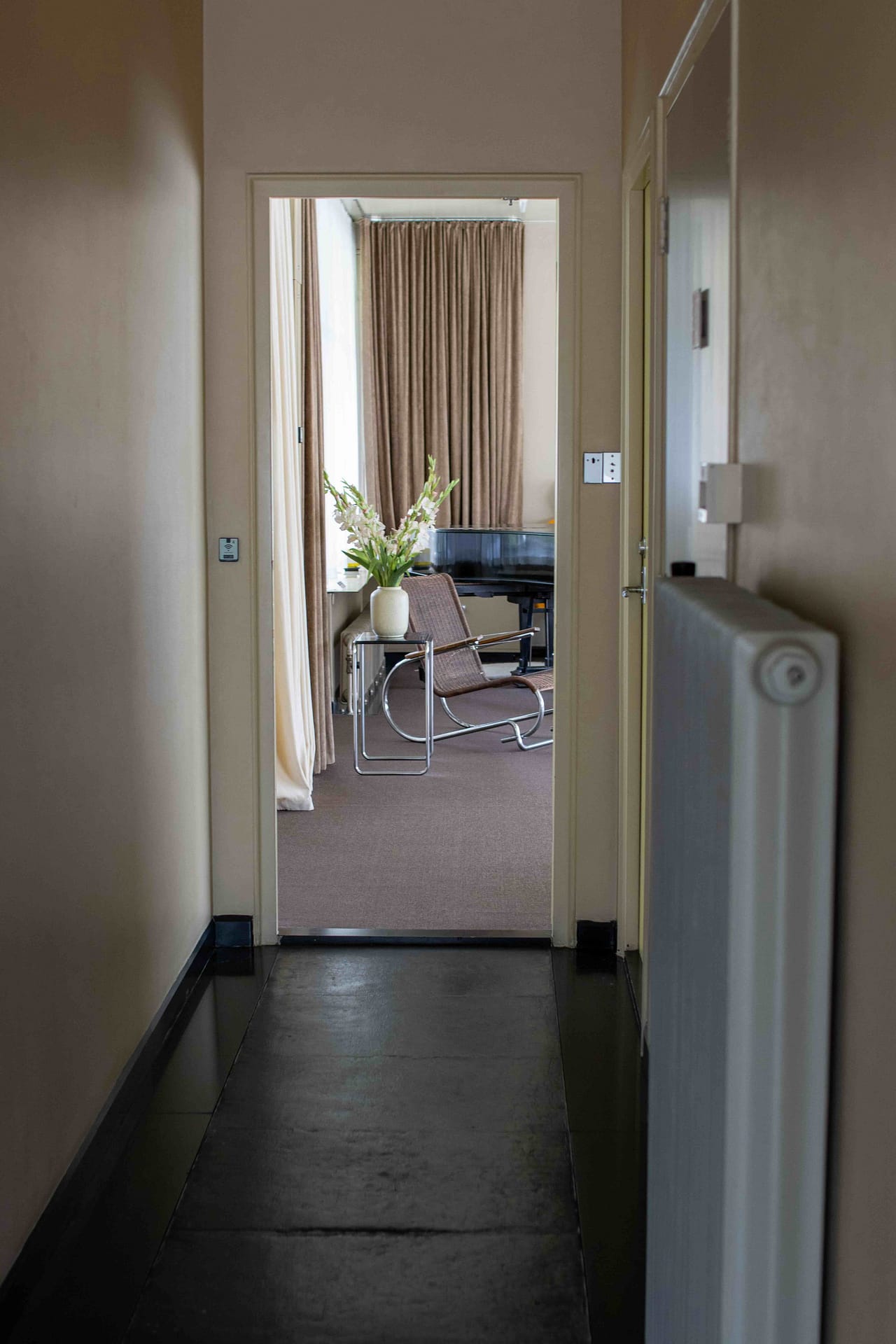

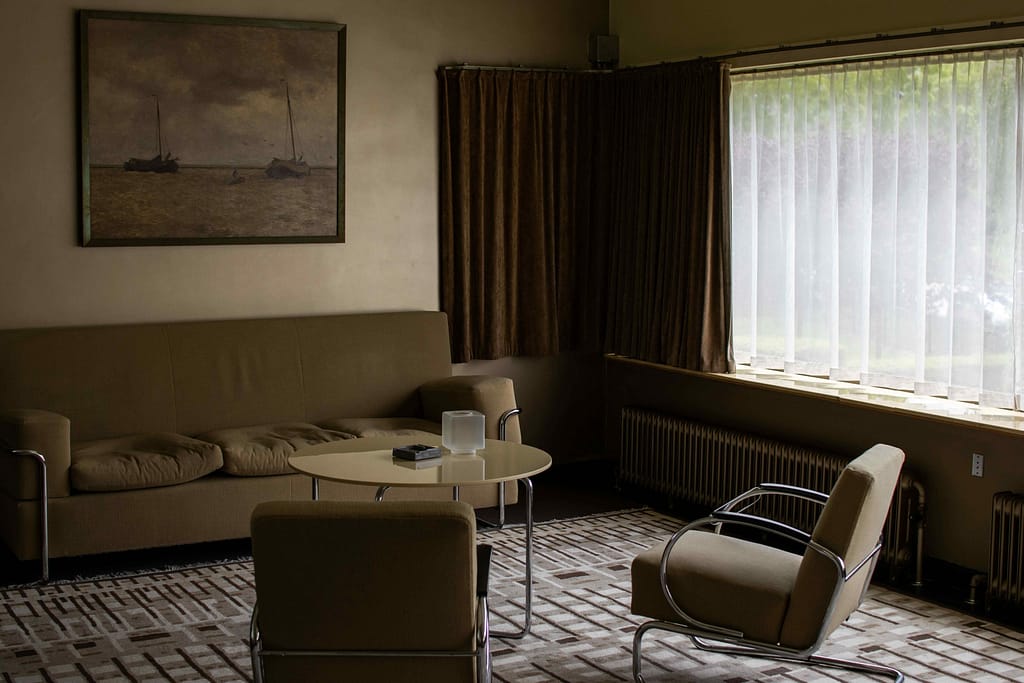



Great photo’s it looks like a beautiful place!!
Thanks Grammy, it was an interesting one for sure!
Such a cool place!